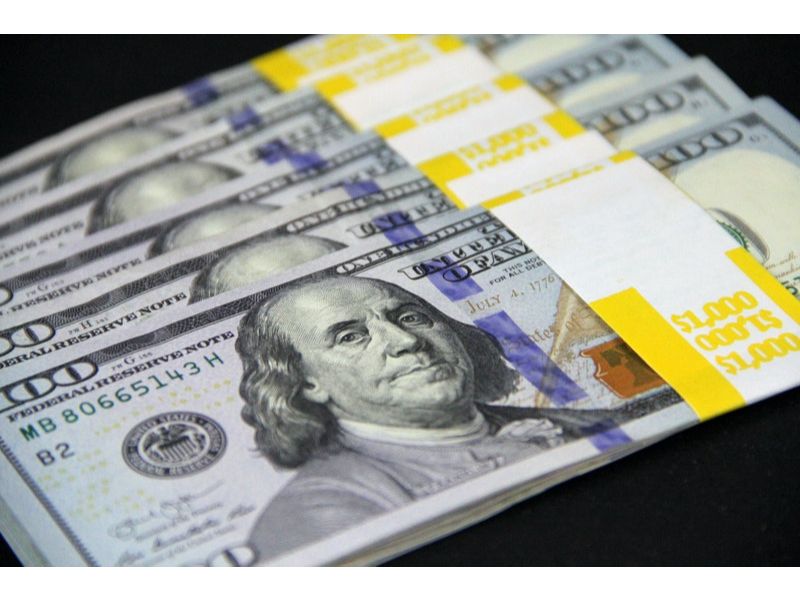Knowing your debt cost might help you figure out how much you’re paying for the convenience of quick cash. To calculate your entire debt cost, tally up all of your company’s loans, credit card balances, and other financing options. Then, for each year, compute the interest rate expense and add it up. To calculate your debt cost, divide your total interest by your entire debt.
How do you calculate the cost of debt on a bond?
Although the cost of debt is a significant element in the computation, it is not simply the cost of a company’s loans. The coupon rate (the yield paid by a fixed-income instrument) on the company’s bonds must be multiplied by (1 – tax rate) because interest on debt is tax deductible:
For instance, a company with a combined federal and state tax rate of 40% borrows $50,000 at a 5% interest rate. The cost of borrowed capital after taxes is 3% (cost of debt capital =.05 x (1-.40) =.03 or 3%). The $2,500 in interest paid to the lender lowers the company’s taxable income, lowering the firm’s net cost of capital. The annual cost of $50,000 in debt capital for the corporation is $1,500 ($50,000 x 3% = $1,500).
The costs of flotation, or underwriting the loan, are not included in the computation because they are insignificant. Because interest is deductible, you usually include it in your calculations. Calculating your pre-tax cost of loan capital is also doable (and sometimes useful):
The risk level is reflected in the cost of debt capital. If a lender believes your company has a larger risk of defaulting on its debt, the lender will charge a higher interest rate on the loan, increasing the overall cost of the debt.
How do you calculate cost of debt in an annual report?
The cost of debt can be found in the annual report. All you need to do is figure out how much debt the company has and how much interest it pays each year. The cost of debt is calculated by dividing interest expenditure by debt. The tax rate can be found by looking at the income statement.
What is cost debt?
The entire amount of interest paid by a corporation during the life of a loan or other kind of debt is referred to as the cost of debt. Because businesses can deduct interest paid on business debt, this is commonly referred to as the after-tax cost of debt. This figure can be used by business owners to assess how a loan can boost profitability. When deciding whether or not to approve your loan application, prospective lenders may consider your debt cost.
How do you calculate cost of debt using WACC?
WACC is determined by multiplying the cost of each capital source (debt and equity) by its respective weight, then summing the results to get the total value. The proportion of equity-based financing is represented by E/V in the preceding calculation, whereas the proportion of debt-based financing is represented by D/V.
It’s a frequent misperception that after a company’s shares have been listed on the exchange, it doesn’t have to pay anything. There is, in fact, a cost of equity. From the company’s perspective, the expected rate of return on investment is a cost.
Because if the company fails to deliver on its promised return, shareholders will simply sell their shares, lowering the share price and lowering the company’s overall worth. The cost of equity is the amount that a firm must spend in order to keep its stock price high enough to keep its investors happy and invested.
The CAPM (capital asset pricing model) can be used to calculate the cost of equity. CAPM is a risk-return model that is frequently used for pricing hazardous instruments like equity, estimating predicted returns for assets given the associated risk, and determining costs of capital.
The risk-free rate, beta, and historical market return are all required by the CAPM; note that the equity risk premium (ERP) is the difference between the historical market return and the risk-free rate.
What is cost of equity and cost of debt?
The cost of debt is simply the interest paid by a firm on its borrowings or the debt held by its debt holders. The needed rate of return by equity shareholders, or the stocks held by shareholders, is known as the cost of equity.
Why cost of debt is calculated after-tax?
The after-tax cost of debt varies depending on a company’s incremental tax rate. If an entity’s profits are low, it will be taxed at a lower rate, which means that the after-tax cost of debt will rise. The cost of equity is the other component of the cost of capital.
What is a high cost of debt?
Debt that costs more than you may expect to earn on your investments is referred to as high-cost debt.
Debt that is inexpensive is debt that costs less than you expect to gain from investments.
The premise is that if your investments earn 6% per year on average and your debt is 4%, you keep the 2% difference.
If you can refinance the loan at a lower interest rate than you expect to earn on your investments, it’s better to just pay off the new, low-interest debt on time.
Long-term investment returns are estimated to range from 4% to 8%, while reliable estimates for equities are in the range of 4% to 8%. (They’ve historically been greater, but we’re in an unprecedented low-rate environment with low inflation, and valuations are strong…all of these variables lead to lower-than-historical returns in the future, over the long run.)
We use 6% as our base case assumption at AboveBoard. We prefer to plan “somewhat conservatively”: if you prepare for 6% and get 8%, that’s excellent! You won’t have any trouble deciding what to do with the extra cash.
If you plan for 8% and only obtain 6%, you may find yourself unable to retire when you desire or fulfill other objectives.
What is cost of debt in banking?
The effective rate of interest a company pays on its loans is referred to as the debt cost. It refers to the cost of debt, such as bonds and loans. The pre-tax debt expense, which is the debt cost to the corporation before taxes, is also referred to as debt expense. The difference in debt costs before and after taxes, on the other hand, is due to the fact that interest is deductible.
Debt costs are one part of a company’s capital structure, which also includes equity costs. A capital structure refers to how a company finances its overall operations and expansion through multiple sources of funding, including debt such as bonds or loans, among others.
The cost of debt measurement is helpful in determining the overall rate a company pays for debt financing of this type. The statistic will also inform investors about the company’s risk level in comparison to others, as riskier companies often have higher loan expenses.
How do you calculate IRR manually?
Begin computing the IRR now that you have your two discount rates and two net present values. When computing the IRR, use the following formula:
In order for it to be regarded a worthwhile investment, the cost must be lower than the IRR. Calculating IRR becomes more difficult when cash flows are inconsistent over a long or unusual time. If this is the case, you can seek assistance from an online financial calculator, an IRR spreadsheet template, or a video tutorial. Once you have the information needed for input, financial calculators and various computer tools can calculate IRR.






